Member of the Month: Merlin Chowkwanyun
Muntasir Masum, Tia Palermo, Selena OrtizMerlin Chowkwanyun is the Donald H. Gemson Assistant Professor of Sociomedical Sciences at Columbia University Mailman School of Public Health. His work studies the history of public health, with a focus on environmental health regulation, politics and activism, racial inequality, and local-level forces.
Please share how your work relates to the issues and concerns that are emerging as a result of the COVID-19 pandemic.
I just finished a book called All Health Politics is Local: Battles for Community Health in the Mid-Century United States, which will be out next year with UNC Press. The book argues that too much public health analysis is done from a very macro-level, usually national studies of federal policies or aggregate secondary dataset analysis. These have enormous value. But they can also sideline the exact dimension of life where public health is most directly experienced and where policies’ fortunes and enactment are determined. That would be the local level, where “the block and neighborhood” provide “the most tangible experiences and ties of daily life,” to quote the political scientist Ira Katznelson.
Instead of writing a national-level history, I looked at six different controversies over medical-care allocation and environmental health in four unique locales where these have been important issues: Los Angeles, New York City, Cleveland, and the Central Appalachian area. Local idiosyncrasies – political machines, economic vitality (or lack of), racial politics, neighborhood configurations, and grassroots traditions, among others — played a huge role in determining how a public health episode played out, for better or for worse. Smog control in Los Angeles, for example, has had a lot of buy-in from not just people we’d call environmentalists but also the business community, in large part because the recreation and tourism industries depend a lot on a pristine environment. By contrast, in Central Appalachia, attempts to curtail the coal industry failed because so many interests in the region were embedded in the coal economy. The local context made the difference in both cases.
So what’s this have to do with COVID-19? Like many scholars of health, at first, I feared: nothing at all! I don’t have any contagious disease in my book at all. But it’s become ever more clear how important local difference is in how the Covid-19 response has played out. It’s true that federal inaction and dithering haven’t helped at all. But ultimately, just like in the 1918 flu epidemic, it’s large variation among states, and really, local counties and municipalities that has determined why the virus has come under control in some places but has continued wreaking havoc elsewhere. Resistance in local pockets like Orange County has really hampered otherwise sound state-level policies in California. COVID-19 really underscored for me the importance of local texture on health politics.
We’d like to hear your thoughts and understandings about how COVID-19 disproportionately impacts vulnerable communities, such as the homeless, undocumented, low-income, and racial/ethnic minority populations.
Since at least the 19th-century, we’ve known – from studies by the French physician Louis-René Villermé onward – that mortality and morbidity rates are very tightly correlated with level of social affluence and deprivation. That has been true, too, of so-called natural disasters and who is more likely to end up incurring the most damage. It’s those who live in places with the worst social and physical infrastructure, the most dilapidated housing, and who have the least resources – economic and otherwise – at their disposal to buffer against the threat. The affluent haven’t been entirely immune from COVID-19, of course. But preliminary evidence has shown that its impacts are definitely patterned in a similar manner.
I’ve been worried about the impacts on racial/ethnic minorities on two fronts. First, is the alarming amount of xenophobia that accompanied the virus from the onset. Epidemics, by their very nature, disrupt normalcy, and when that happens, some people look for a party to blame. With COVID-19, that was anyone of East Asian descent who looked vaguely “Chinese,” and it hasn’t been helped by both media reporting and utterances from certain legislators and elected officials – “China virus” and all that. It comes on the heels of heightened nativism in the United States against Mexican and Chinese people, all fueled by reckless political saber-rattling over immigration and trade policy. Historically, it’s common for these kinds of general attitudes, as the work of people like Nayan Shah and Natalia Molina have shown, to seep subsequently into health discourse, and COVID-19 is just another instance of that. It’s worrisome, and I did a number of media interviews about it in the early days.
There is also strong evidence of racial disparities in COVID-19, but I’ve been a little alarmed at the ways this gets discussed and presented. Often, the disparities are simply listed there without any context for how to interpret them. You see this on a number of county and state COVID-19 dashboards and things like the Atlantic’s “Covid-19 racial data tracker.” I think that’s dangerous. If you just put racial disparities data in a vacuum, people can come up with all sorts of discredited but still powerful post hoc Just So Stories to explain them. Two of the most common ones are: 1) genetics – the idea that some “races” are just more inherently physiologically damaged or more prone to catching diseases than others and 2) behavior – the idea that members of some racial groups just have certain ingrained cultural patterns that are deleterious to health or prevent them from adhering to public health directives.
Adolph Reed, a political theorist, and I were alarmed enough about this that we wrote a piece for the New England Journal of Medicine, placing our concerns in a larger historical arc. We warned policymakers, journalists, and researchers not to simply report disparities but to attempt to explain them. That meant considering how they were linked to economic subordination that occurs along racial lines and to day-to-day racial discrimination that population health researchers like Arline Geronimus have noted are associated with the pre-existing conditions that make developing serious COVID-19 more likely.
We also think it’s important not to just say that these disparities are byproducts of “systemic racism” but to disaggregate the “systemic” and the “racism” and identify the specific system components through which racism manifests.
Current population health efforts are focused on containing the spread of the virus. Going forward, what population health investments and policies are necessary to best prepare for and prevent future public health catastrophes?
There are many population health investments and policies that need to be made, ranging from getting our act together on screening to figuring out how to do vaccine distribution well and as equitably as possible.
Of late, though, I’ve been more focused, in a “Health in All Policies” way, on policies that have nothing to do with health, at least explicitly. One big impediment in the United States has been the lack of social safety net supports that allow people to adhere to optimal public health strategies, like temporary lockdowns and stay-at-home orders. I support those things, but I’ve been unnerved at the blind spots that I and other health professionals sometimes show in advocating for them. We are in a comparatively comfortable social station and can go along with economic shutdowns with far more ease than others. It’s important to advocate for public health measures while at the same time pushing for economic security in the form of extended unemployment benefits, cash assistance, and eviction relief. Otherwise, you really do get why people get restless and anxious being told that they have to go along with an economic pause for the sake of public health.
On this score, some of the most perceptive people when it comes to COVID-19 haven’t come from the health field. Rather, they’re people like labor leader Sara Nelson, the President of the Association of Flight Attendants, and a personal hero of mine, who has been working around the clock on relief bills that would allow employers to maintain payroll during this time. She’s repeatedly made the argument that you can’t have a sound virus control policy without securing people’s basic needs and ability to follow various orders.
Even before this economic crisis, a large section of the country was hanging on an economic thread masked by aggregate GDP figures, stock market prices, and unemployment percentages. I hope COVID-19 gets people to see that this virus and disease control are as much a social problem as a technical one, and they require social fixes alongside technical solutions like vaccines and therapeutics.
What are some of the long-term implications of COVID-19 on population health?
One obvious change COVID-19 will bring about is paradigm re-thinking. When I give a general 101 run-down on demographic and epidemiological change, the usual story is that the past half-century has been one where we made a leap from contagious to chronic diseases, at least in the OECD countries, and that the great scourges were largely things of the past, HIV/AIDS a weird exception that we awkwardly try to shoehorn in. This narrative, predicated on a stark dualism between contagious and chronic disease, already had holes, but COVID-19 exposes them even further.
Another problem with that narrative was the “West and the Rest” aspect to it. Contagious disease was certainly not a thing of the past for most of the world, even before COVID-19 hit, and it’s a reminder that a health injury to one is a health injury to all.
One thing some historian colleagues and I did was to construct a syllabus of readings on pandemics for Public Books, a book review forum. One of our goals was to interrogate prevailing assumptions about “public health,” who defined its parameters, and who it served.
Tell us about your professional journey and how you ended up studying (Interviewee’s main area of training)?
I got into the history of public health by accident as an undergraduate at Columbia University. I took a lot of classes with people like Barbara Fields, Elizabeth Blackmar, and Eric Foner on the 19th century, but I felt I didn’t have anything more to add on the Civil War and Reconstruction. It was only when I took a class on the history of African-American public health with Sam Roberts, who wrote a pathbreaking book called Infectious Fear on tuberculosis control and segregation in Jim Crow Baltimore, that I could see where I might make some contribution. Roberts’s central goal in the class was to show us that racial subordination and all its consequences were central to the American public health enterprise. You’d end up with a pretty impoverished understanding of public health without taking that into account and making it a central feature of one’s analysis. That got me thinking about how one could use health as a prism for understanding the larger society, and I got really into the history of medicine and public health as a result of Dr. Roberts’s class.
Another person who was hugely influential for me was Herbert J. Gans, a legendary sociologist (whom I didn’t really know was a legend when I met him since he is incredibly humble and modest). Gans taught small three-person workshops in ethnography, and I did mine on New York City nightlife. One of Gans’s recurrent arguments is the disconnect between professional-class social scientists and policymakers and the populations they purport to serve. His first book was called The Urban Villagers and is best remembered as a critique of urban renewal: how a neighborhood he studied in Boston was classified from afar as a “slum” and “blighted” and therefore marked for bulldozing and “renewal” into an area for the affluent. It remains a sober reminder of professional hubris for me.
When I was in my senior year, I met a historian of environmental health named David Rosner not long after, and he impressed upon me the importance of doing good history but also trying to draw from and engage people from public health, medical, and health policy orbits. For all the writing historians have done on these things, there is actually very little dialogue with other fields, especially practitioner ones. He suggested getting both an MPH and a PhD to do that.
I did so at the University of Pennsylvania. The PhD was in history, and I did the MPH over a protracted period of like five years. It was a nice place to study at the time. I worked with Tom Sugrue, Michael Katz, Adolph Reed, David Barnes, and Steve Hahn on the PhD side and Carolyn Cannuscio mainly on the MPH side. They all were united in their belief that scholarship shouldn’t just be scholasticism for its own sake and really pushed you on the bigger-picture implications of what you were doing. All of them have made pretty big dents beyond their own respective fields, whether it was historians engaging – sometimes challenging – social scientists and practitioners or getting involved in various reform efforts, like Philadelphia public health policy or campaigns for free higher education and guaranteed health care. I was really inspired by all of them, and it was a unique place to be.
I definitely think the dual-degree made my experience very unique. You would learn one way of talking on one side of campus, but then you’d go to another wing of it and see that people thought about things – methods, key concepts, even just norms for presenting – completely differently. It really taught you how to communicate to a broader cross-section of people and how to alter your writing so that both groups could understand it. I also learned about a lot of cool quantitative methods that historians didn’t generally learn, so it was a great way to fuse knowledge in a structured way. And it was cool to share insights from the humanities with people who were mostly trained in a very different way of thinking. I value both ways and keep trying to figure out how to harmonize them in my current job as a historian at a public health school.
I strongly believe that anybody wanting to embark on interdisciplinary work should consider doing a dual degree, whether at the same time or sequentially (like doing an MPH or MSW first, then a PhD). It provides you a structure that really forces you to mix it up, versus just relying on your own volition and will to reach out beyond your home field. Unfortunately, given the way university finances work – every school and department looking out for its own pot of money first – it’s a lot of work to get it going, and you often have to find sympathetic administrators in an ad hoc way. A graduate school friend of mine, Karen Tani, who was a JD/PhD candidate, and I wrote an article once on dual degrees and interdisciplinary graduate education, arguing that more universities should try to facilitate dual degrees and create structures for students who want to pursue them. But I haven’t really seen that happen much. I’m very grateful Penn figured out a way for me to do it, even though it was a real bureaucratic headache.
What is the general focus of your current research? And what is something you’ve been working on recently?
Right now, I would say I’m focused on three things: the history of community health and local politics; health activism and social movements; and the history of environmental health regulation.
I’m working on another book now called Towards a New Politics and Economics of Health, which will also be out from UNC Press and not too far after the first one. It’s two parts. The first is about unrest on medical campuses in the 1960s, when medical students demanded a more socially responsive curriculum and more outreach by schools themselves, which were frequently walled off from the people around them. The second part is about a group of these students who converged on Lincoln Hospital in the South Bronx to do their internships and residencies. The idea was to run a hospital in a community-based, non-hierarchical way. I also discuss a lot of the radical thinking on health occurring at that time, including from a group called the Health Policy Advisory Center (Health/PAC), which among other things, gave a then unknown writer named Barbara Ehrenreich her start. There are obviously a lot of contradictions in physician activism: balancing professional imperatives with political ones; sheer exhaustion of doing a residency and activism at the same time; and racial tension (almost all of them were white). It’s been challenging to untangle everything.
For the past few years, I’ve run Toxic Docs (www.toxicdocs.org), which is a collection of once-secret documents on toxic substances – lead, asbestos, PCBs, and others — from companies like Du Pont, Monsanto, and British Petroleum. It leverages a lot of innovation in information technology to make the stuff full-text searchable, and soon, it’ll be sortable in other ways with a number of cool tools we’re rolling out in the next few months. The documents allow you to read internal memos, unpublished scientific reports, and so forth where companies discuss the dangers of their products and how to respond to regulators. If nothing else, it’s a permanent way to chronicle what many of these firms did using documents they themselves produced. Their actions damaged and ended many people’s lives, and we need a full accounting of it. This is one step towards that.
How is interdisciplinary work necessary for the topics you study?
There isn’t a single set of methods or analytical modes that can excavate every aspect of a question. Historians are great at plumbing archives, but until recently, there’s been less interest in quantitative datasets (notwithstanding the great work of people like Steve Ruggles and others who have done a lot with the Census and other historical data). On the other hand, a lot of the quantitative and demographic data isn’t always placed within an institutional framework that helps you contextualize the patterns. So thinking in an interdisciplinary way helps you address a lot of those gaps.
Why did you decide to become a member of IAPHS, and how does IAPHS help you to advance the work that you do?
Honestly, I became a member of the IAPHS because people I admired had started it, and I ultimately think what makes a good meeting and an organization are interesting people. I definitely have appreciated, though, how it actually takes the “interdisciplinary” part seriously, not confining it just to different quantitative social sciences but embracing anthropologists, historians, and everyone else with something to say. The size of the meeting is also terrific. You really get something out of the panels at IAPHS, versus ones at meetings held in giant convention centers where the size often dilutes attendance. It’s also less alienating. At those big ones, I’d often get so overwhelmed that I’d just spend most of my time in a bar or in my room watching sports, and I don’t feel that at all with IAPHS. People are friendly and open to learning from each other. Sometimes, in public health circles, I think being a historian is a big weirdo. I’ve never felt that once at IAPHS.
Can you tell us a bit about your favorite population health relevant academic/news/ articles/etc.?
Right now, I really enjoy The Appeal, a site edited by attorney Josie Duffy Rice. The Appeal analyzes abuses in policing, incarceration, and the courts, plus publishes all kinds of thoughtful and well-researched analyses of policy reforms. The atrocities of this summer have led to demands for radical change, and I’ve found The Appeal really useful for elaborating more concretely what that transformation would look like. It allows you to imagine a world where policing and incarceration aren’t the default options for handling neighborhood disputes and punishment – but in a way that’s grounded in real-world institutions. I’ve found that a lot more useful than abstract statements on these matters. They’ve also done really important work on COVID-19 in American prisons, which really ought to be thought of as a human rights catastrophe on an international stage.
We’d love to hear more about your personal interests! Any favorite movies, bands, non-fiction books, etc.?
My favorite film of all time is Miss Congeniality, followed by Legally Blonde. Rocky spin-off Creed is #3 and contains all the answers to all of life’s conundrums. Mean Girls is still a classic at #4. And The Lake House is an underappreciated time-travel romance starring Sandra Bullock and Keanu Reeves, two of my favorite actors. It doesn’t make sense to rank them individually, but I also love all the entries in director John Waters’ entire filmography.
Music: Lady Gaga is my favorite musician, now firmly at #1 ahead of Britney Spears, Kylie Minogue, Cupkakke, and Public Enemy. I have been to all her tours except the Vegas show, and I’m sad I probably will never get to do that because of Covid. I’m also upset her August concert in New Jersey got cancelled because I had tickets. She is so inspiring and creative.
Finally, any thoughts about who might come out ahead in this NBA season?!
All signs are pointing to the LAAAAKERRRSSSSSSS!!!!!!!


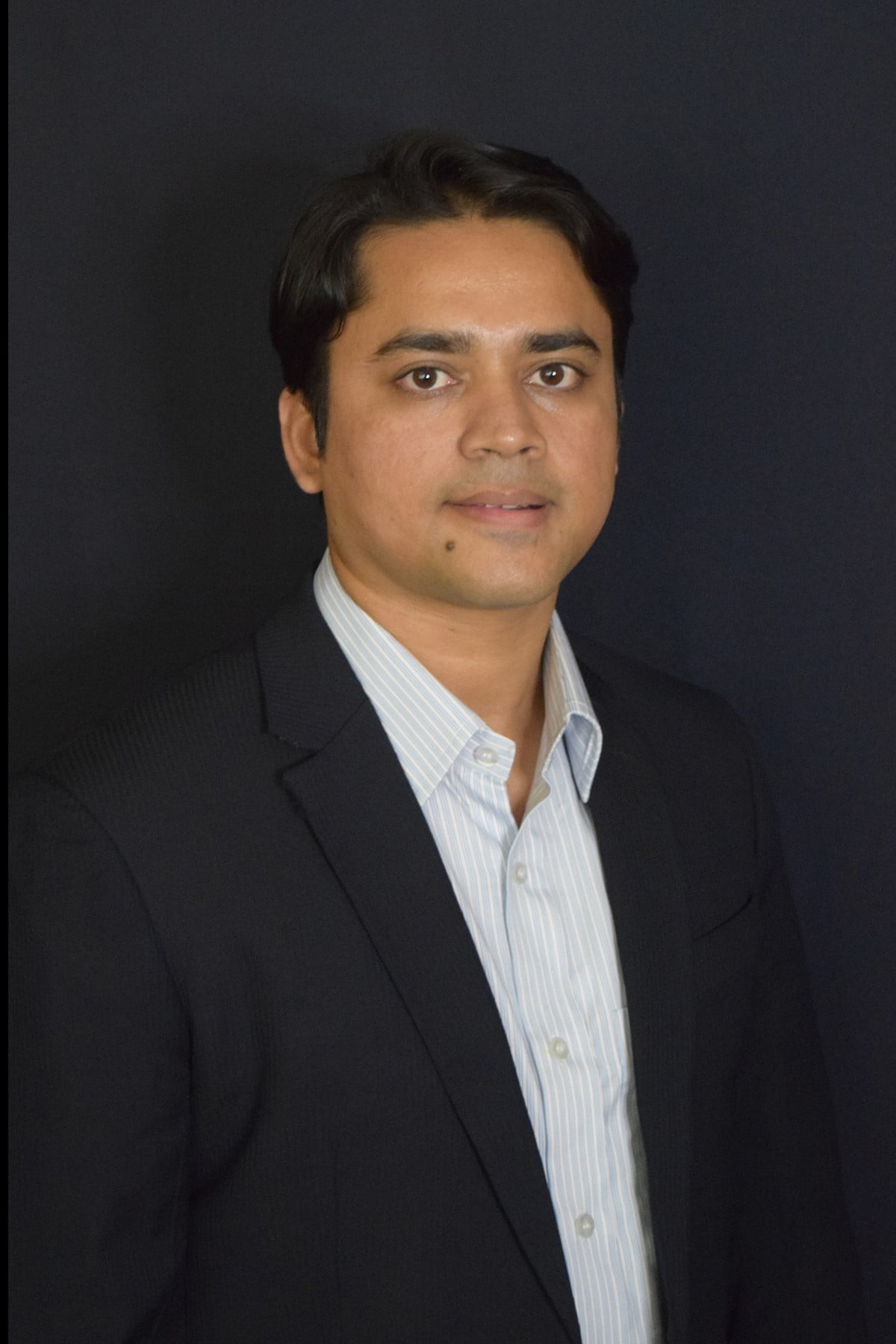
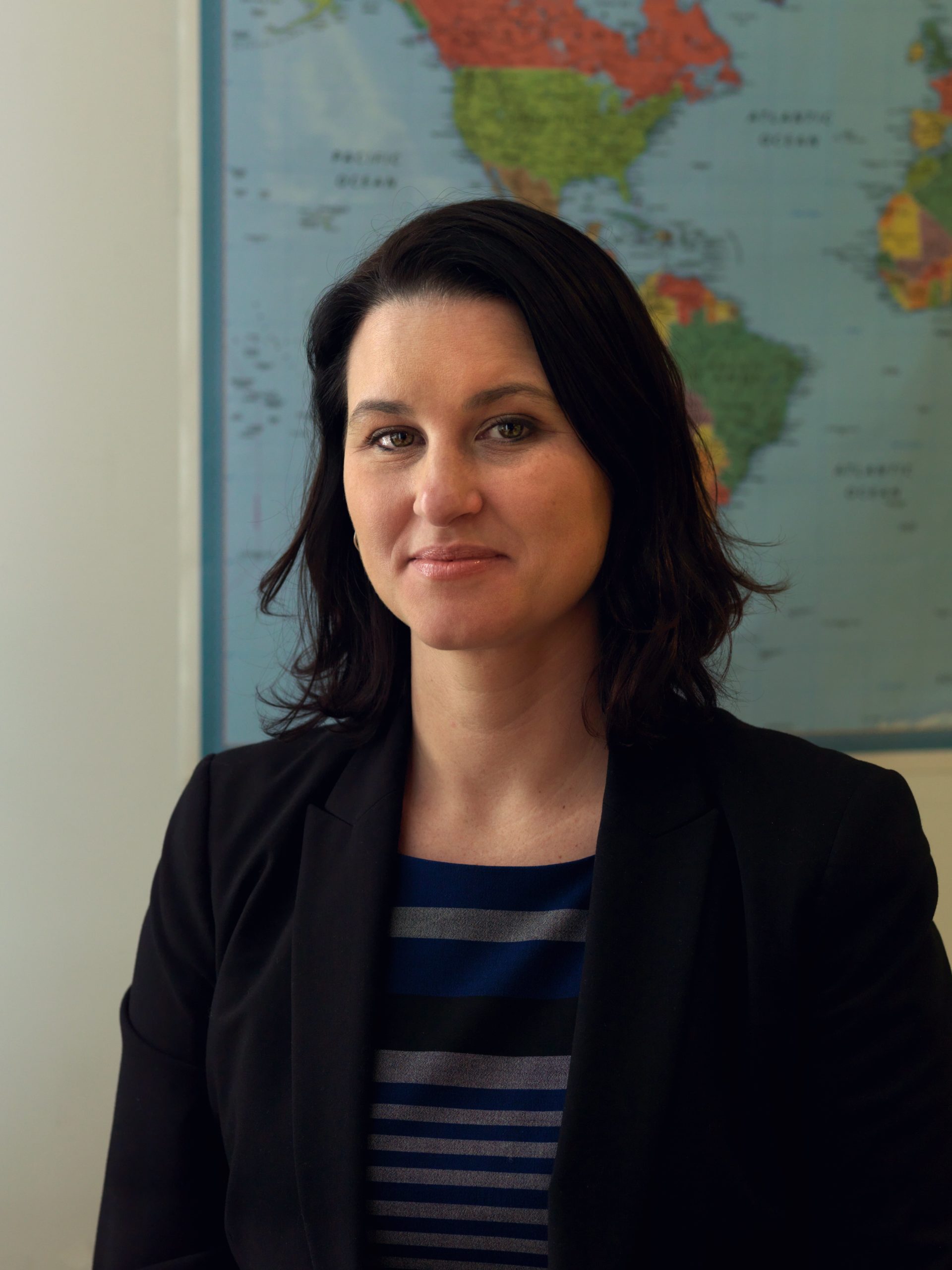
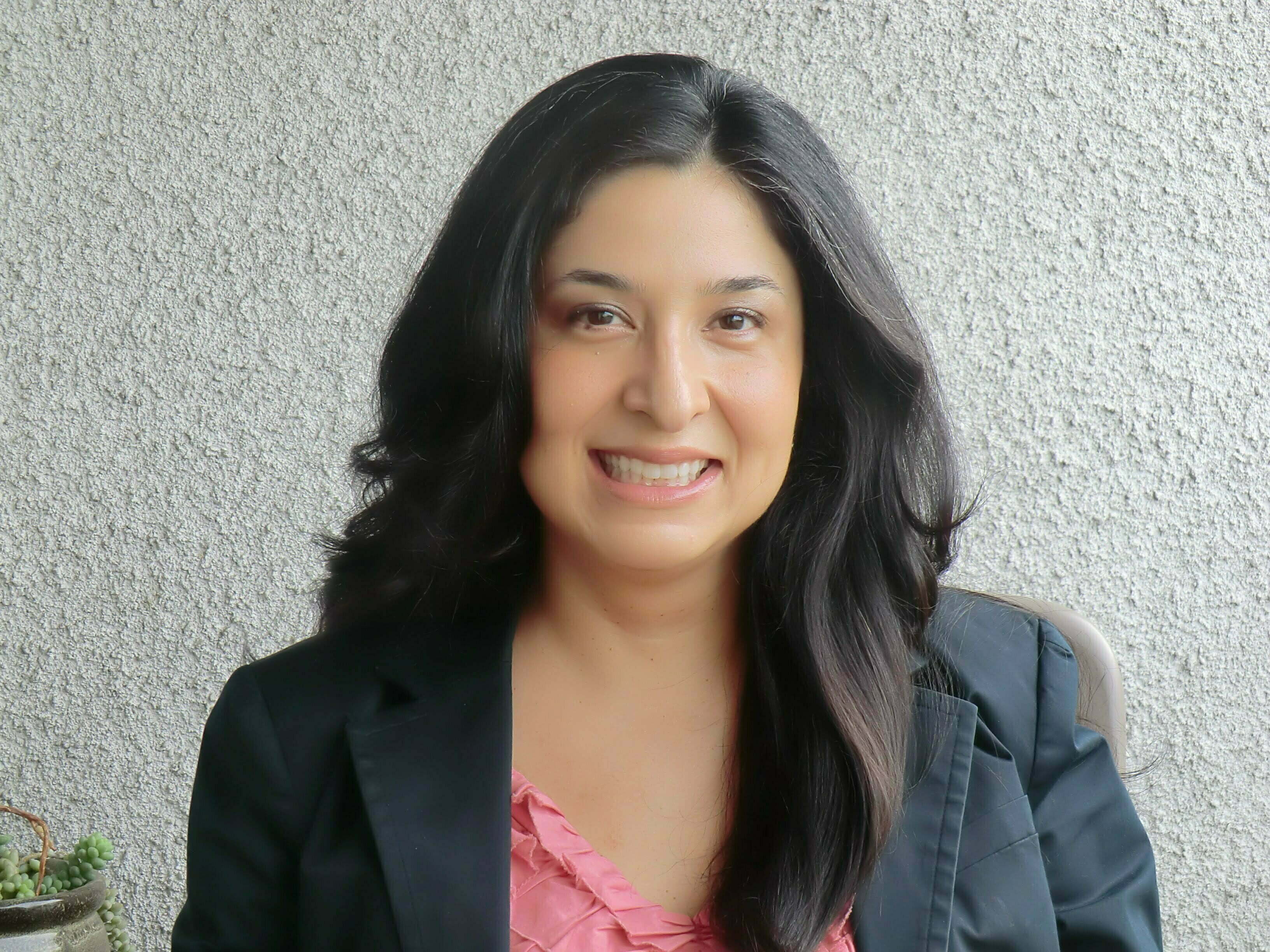
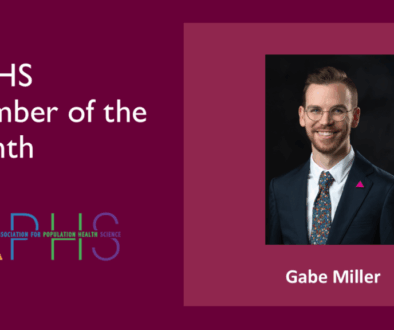
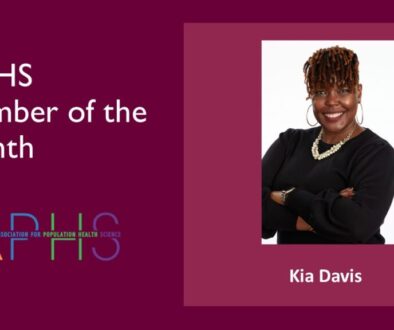

All comments will be reviewed and posted if substantive and of general interest to IAPHS readers.